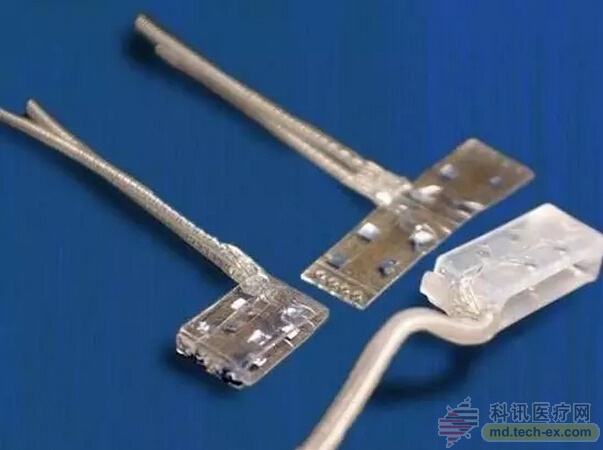Intelligent prosthesis allows the amputee to regain the temperature of the palm
Release date: 2016-06-02

IgorSpetic is the protagonist of this article and a volunteer for our research team at the Cleveland Veterans Medical Center. Now he is wearing a blindfold and noise-cancelling headphones and using his left hand to fumble out a bunch of cherries from the bowl in front of him. Is this a game? No, this is testing, because IgorSpetic's right hand has left him in an accident.
In the past few years, he has been using the myoelectric prosthesis developed by our team, and the real control of his "right hand" is the stretching of the muscles on the right arm. Traditionally, the decorative meaning of common prostheses for amputation patients is greater than the practical significance. In this test, the cherries taken with traditional prostheses are indeed very easy to be blasted.
Subsequently, we replaced him with a myoelectric prosthesis and activated a haptic system specially developed by the Functional Neural Interface Laboratory. Previously, our team of surgeons Anderson and Keith implanted electrodes in his right forearm and connected three major nerves through 20 contacts. In this way, Spetic can give a real feeling by stimulating different contacts on different nerves.
To test whether this "ghost hand"-like touch would allow Spetic to better control the prosthesis, we implanted a membrane pressure sensor into the device and used the model collected by the sensor to stimulate the nerve. As a result, the strength of the prosthetic cherries is much smaller, and Spetic smoothly picks up the cherry stalks.

In our series of tests, Spice successfully completed 93% of the tasks when the haptic system was turned on, but if the system was turned off, he would not even have a success rate when doing the task. In addition, according to Spetic, when he turned on the haptic system, he seemed to have a real hand, and the prosthesis was no longer a simple tool. Whenever we turn on the system, Spetic will say, "My right hand is back."
In the future, we hope to make the prosthesis as flexible as the human hand. However, our goal at the moment is to let Spetic forget that he has no right hand. Now, our haptic system is still in its infancy and can only be done in the lab. In the test, Spetic also needs to plug in various cables on the arm when completing the task, because we need to control the nerve stimulation through the computer. Even so, this haptic system is the first time ever to give a real feeling to an amputated patient. Right now, we are developing a system that can be fully implanted in the human body and hope to begin clinical trials within five years.
So how much can a prosthetic with a touch feel? As we all know, nowadays commercially available prostheses can only do some work that does not require precision, such as supporting the body balance. If a tactile system is added to the prosthesis, the confidence of the amputated patient in controlling the limbs will be greatly enhanced, and with the prosthesis, they can accomplish some of the simpler tasks in life.
In addition to the uses mentioned above, we also hope that prosthetics can play a greater role in interpersonal relationships. Tactile sensation plays a big role in establishing the relationship between people. Without this ability, people will feel very lost. When we asked many amputated patients, they all expressed the hope that they could use their prosthesis to hold their lover's hand and feel the temperature of the other's palm. In the future, our technology will help them accomplish this dream.
I have worked hard for decades to solve the problem of the integration of humans and machinery. My extensive experience in biomedical engineering and neuroengineering has also kept me thinking about a seemingly simple question: How can I make electronic circuits and nervous systems accessible? If we find a solution, how do we transmit these sensory signals to amputated patients? In addition, in addition to liberating amputees, can this technology improve the quality of life of ordinary people?
In the past few decades, we have made great breakthroughs in this field, including the hardware that can be implanted into the human brain and body, and the ability to understand and simulate natural neural coding. In these codes, electron pulses in the nervous system can transmit information in brain cells and neurons throughout the body. These signals become the drive of the body, and the feedback they produce becomes the feeling of the amputated patient. In addition, the signal can also control the position of the limb and muscle strength.
Source: NetEase
Wall Safe,Hotel Code Safe,Secret Stash Portable Safe,Jewelry Money Safe Box Safe
Ningbo Reliance Security Technology CO.,Ltd , https://www.reliancesafes.com